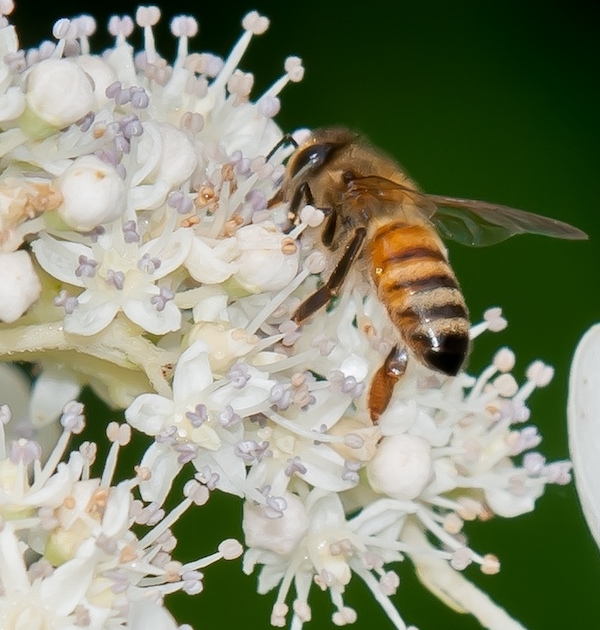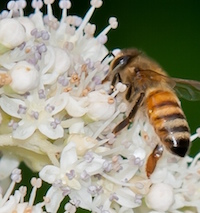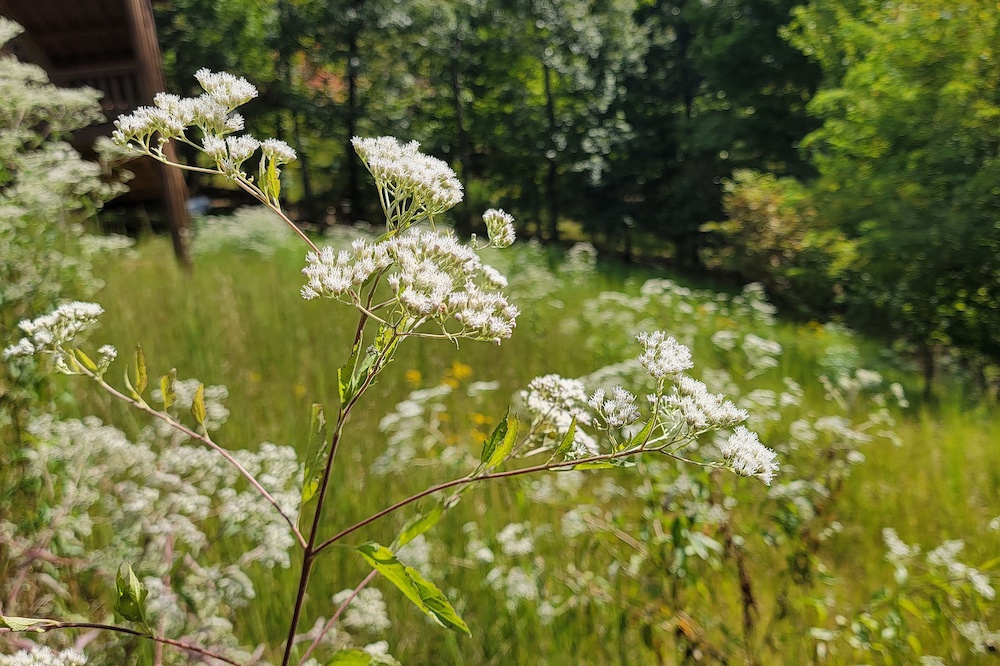With the University of Georgia’s Great Georgia Pollinator Census just six months away, this spring may be the perfect time for Georgians to make some upgrades to the pollinator habitats in their landscapes.
University of Georgia entomologists and horticulturalists have put together a list of flowering plants that should be in bloom during the census August 23-24. Most are additions that gardeners can make to their landscapes now to ensure they have pollinators to count during this celebration of citizen science.
“If we want to count pollinators in our landscapes, we need to give them shelter, water and a food source,” said Becky Griffin, UGA Cooperative Extension school garden coordinator and pollinator census organizer. “Researchers have found that these are the types of plants pollinators turn to for food during the late summer months, so gardeners should plant these now to have blooming plants for the census in August.”
Some of the pollinator-friendly plants suggested include hoary skullcap, mountain mint, scarlet sage, New England aster, 'Hot Lips' salvia, 'Autumn Joy' sedum, marsh blazing star, orange cosmos, zinnias, swamp sunflower, pentas, lantana, black-eyed Susan, Mexican sunflower and milkweed.
Gardeners can contact their local UGA Extension offices at 1-800-ASK-UGA1 for help on where and how to plant these flowers to attract the most pollinators.
Griffin, who organized the census, said that there is still plenty of time for people to add plants to their garden and learn more about how to count pollinators.
Griffin modeled the program on the Great Backyard Bird Count, a citizen-science program run by Cornell University that asks people to count the birds they see in their backyard on a given winter day.
The Great Georgia Pollinator Census will work similarly, but citizens will count bumblebees, carpenter bees, small bees, flies, wasps, butterflies and other insects.
For a 15-minute period of time over the Aug. 23-24 time period, census takers will focus their attention on a plant in their yard or garden that is known to attract pollinators. They’ll submit their findings using a simple online form.
Researchers will then use the aggregated data to learn about pollinator populations across the state.
To register to be a census taker, visit GGaPC.org.








